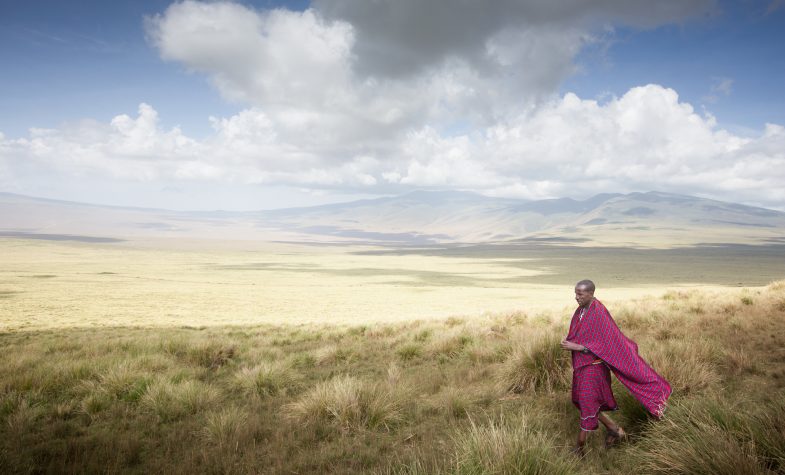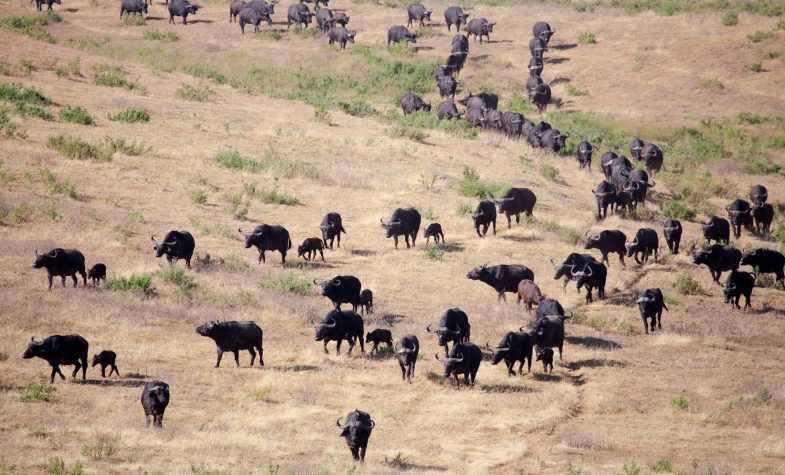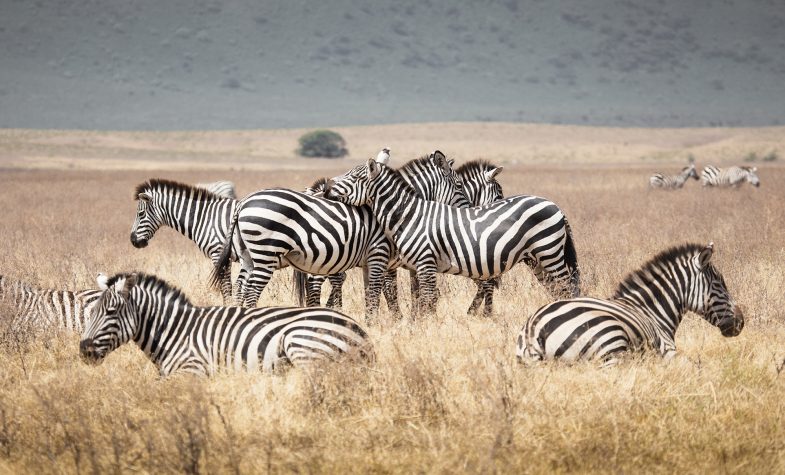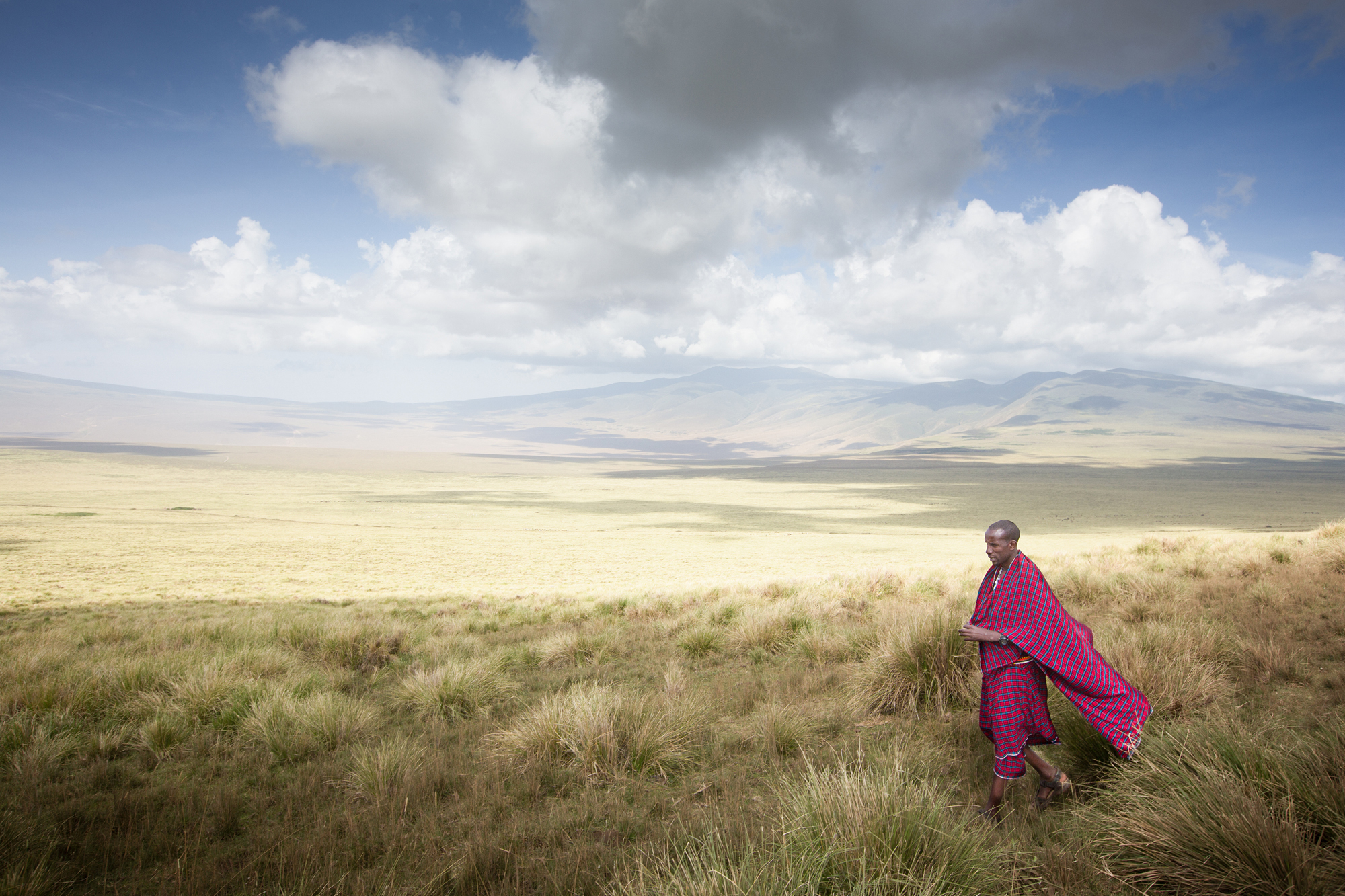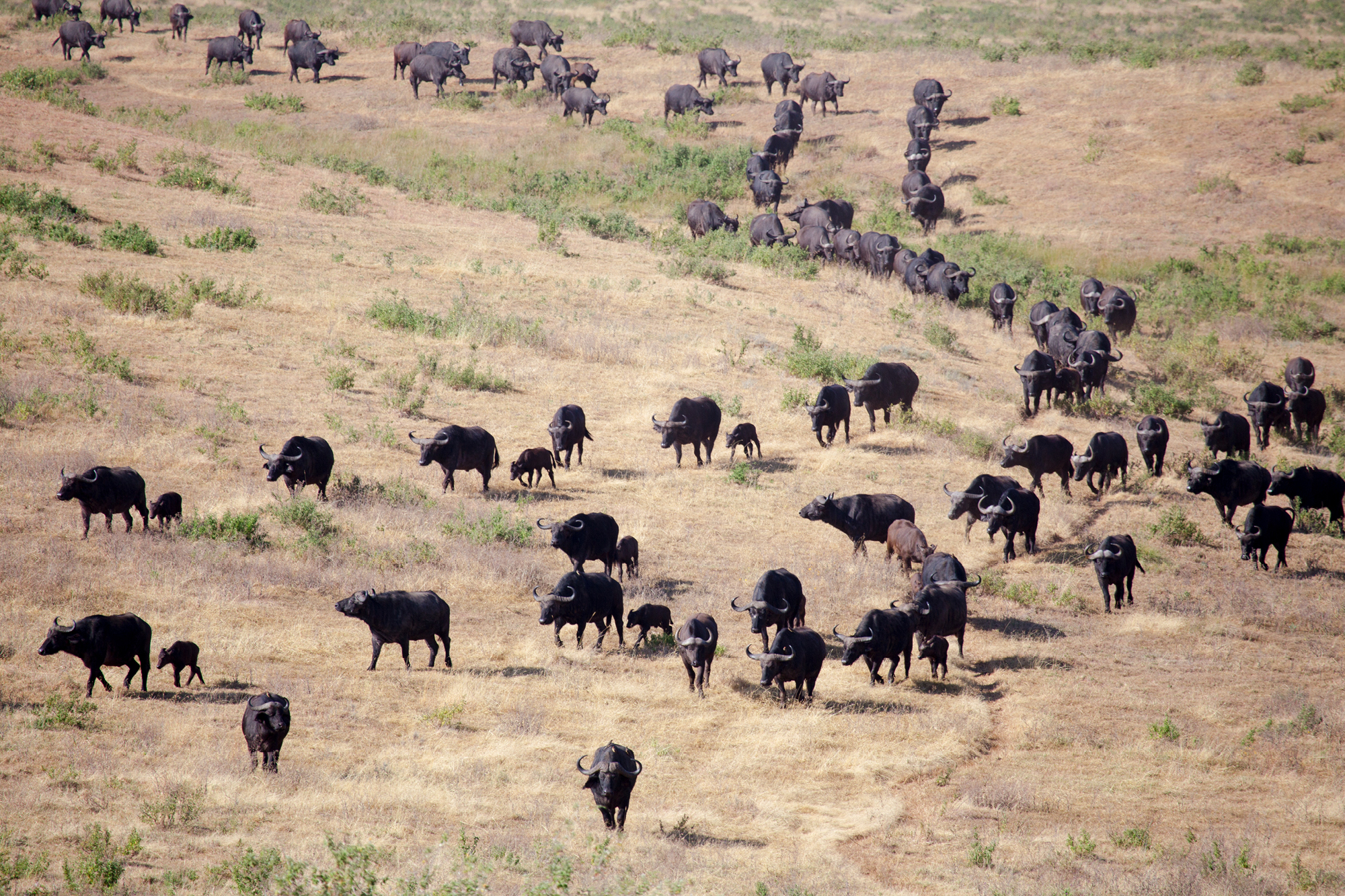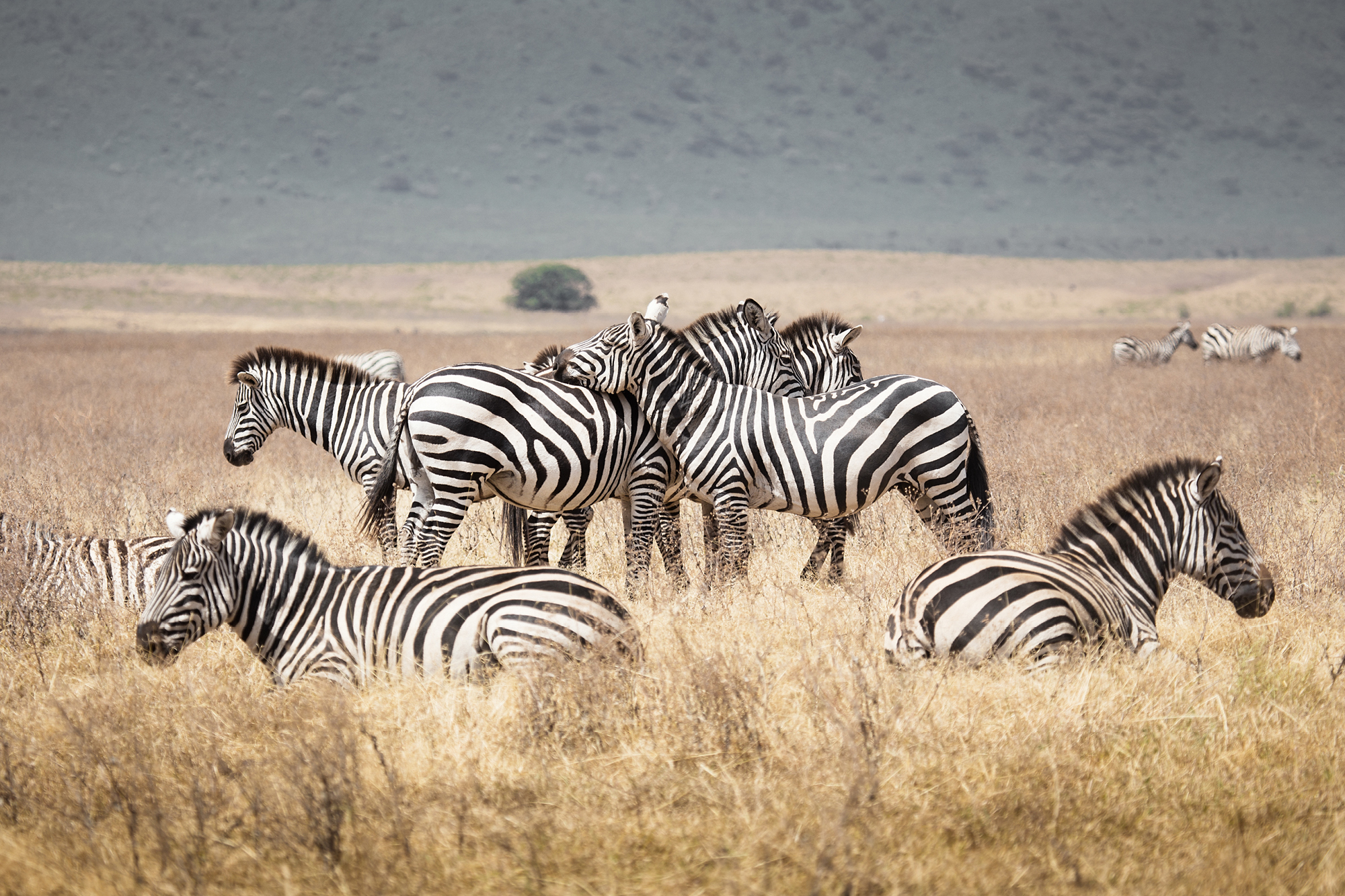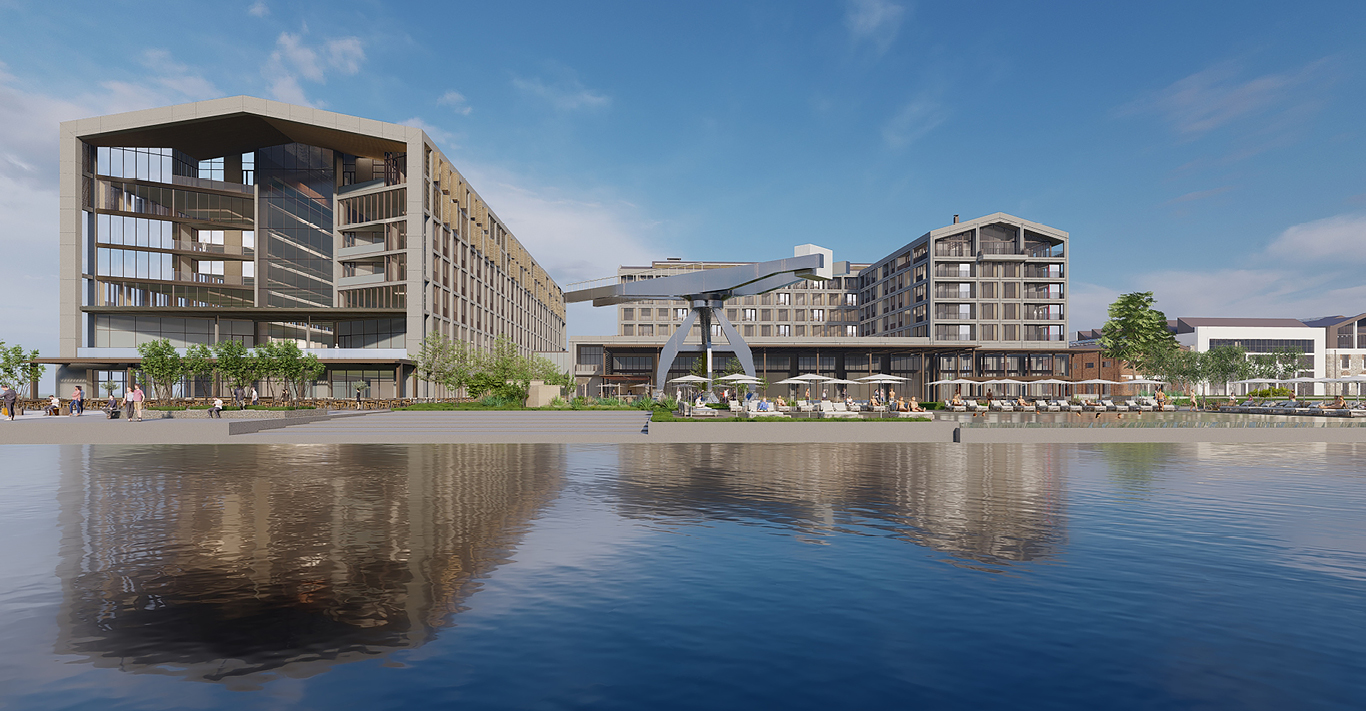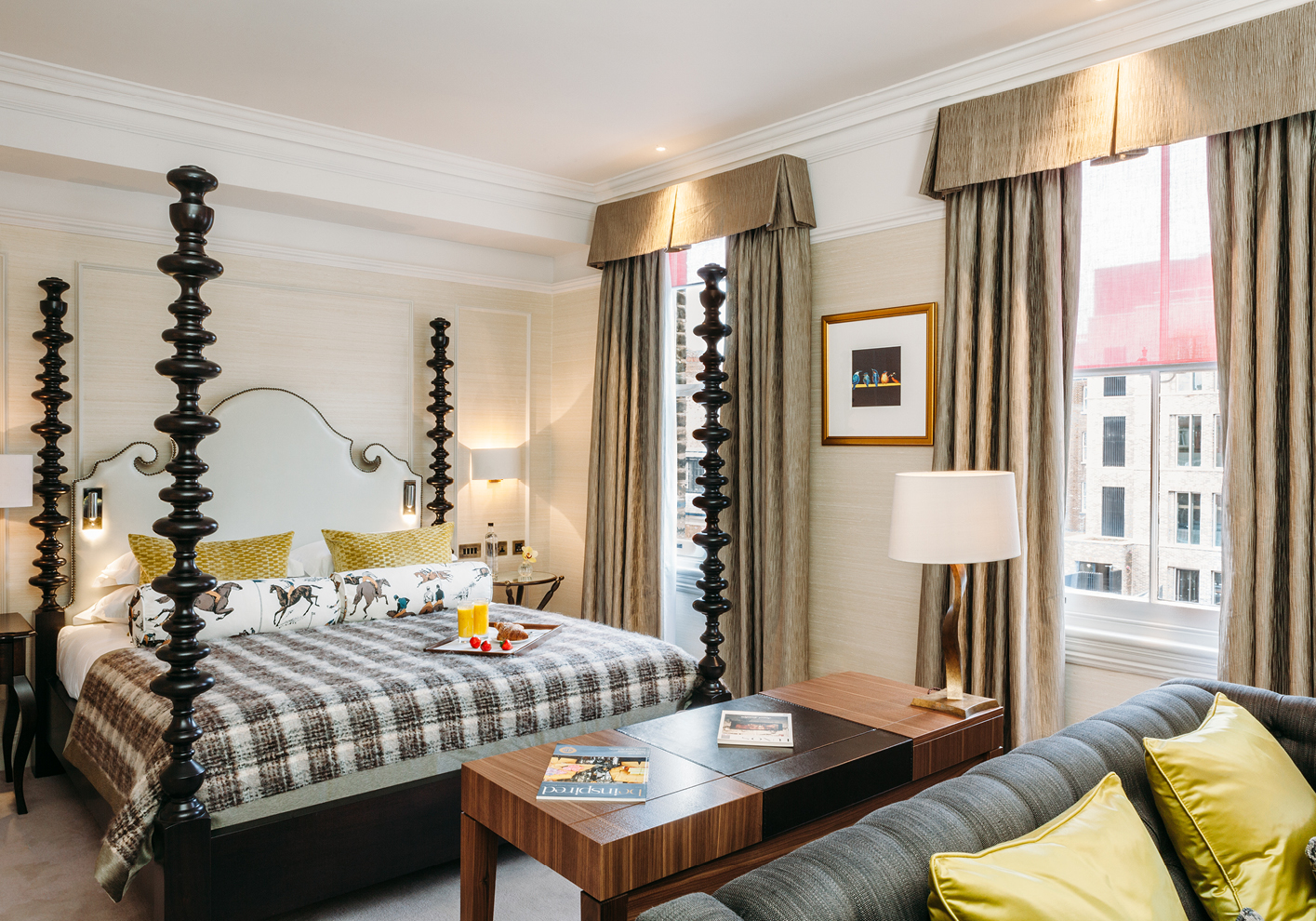WORDS
Nick Smith
It’s officially one of the ‘Seven Natural Wonders of Africa’, and it’s not hard to see why. Tanzania’s Ngorongoro Crater is like nowhere else on earth. To gaze over the 100 square miles of pristine African savannah and montane forest, perfectly encircled by the planet’s largest unbroken caldera, is to gaze over an untouched, unspoilt Eden.
Here in the heart of deepest equatorial Africa, as I hack along rough bush trails, I’m surrounded by buffalo and wildebeest, zebra and gazelle, elephant and lion. There are thousands of birds, and from the flocks of flamingoes to glittering malachite sunbirds, the colours are bewildering. Here there’s a genuine 360-degree panorama and it’s the best there is.
To see such wonders you must be prepared to venture off the beaten path. But the rewards are great, and you’re virtually guaranteed to have the place all to yourself. The road trip into the interior from the red earthen airstrip is part of the adventure and after several weary hours on the unmade road there’s an astonishing and welcoming sight. I had been expecting base camp to be in the traditional tent, but Asilia is made of geodesic domes instead. Based on a lattice-shell design pioneered by American architect Buckminster Fuller, these unusual structures have all the environmental credentials required by today’s green traveller. Not only do they blend in with the landscape, they are also completely removable, as the conservation area doesn’t allow permanent buildings. A solar plant provides energy, while a biogas digester produces gas for cooking.
Try as you might, you won’t stay in your dome for long, because there are 25,000 animals to see in the Ngorongoro Crater. Before dawn, I grab some breakfast and load up in the Land Rover. After a morning’s game drive, there’s a riverside lunch to share with a few sleepy hippos, in the form of a bush picnic under the shade of an acacia tree. In the afternoon the guides at Asilia will take you to a local village where there is traditional dancing and a chance to buy beaded jewellery. While in the evening, with a sundowner to hand, there’s plenty of time to reflect on the fact that watching the finest wildlife show on Earth is all the proof you need that our planet might not be as over-crowded as our everyday lives would lead us to believe. It’s a life-changing experience that will call you back to Africa for more.


